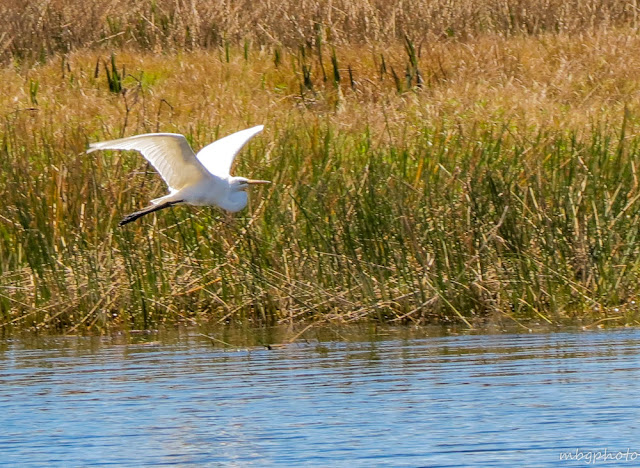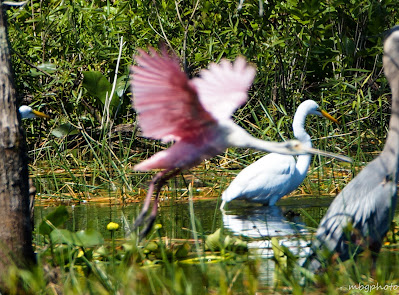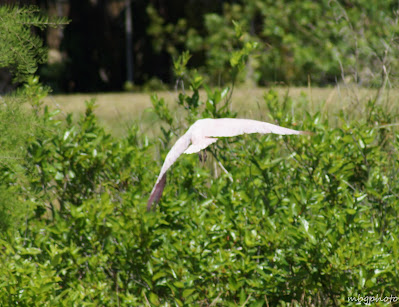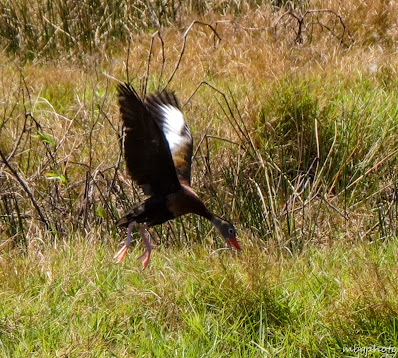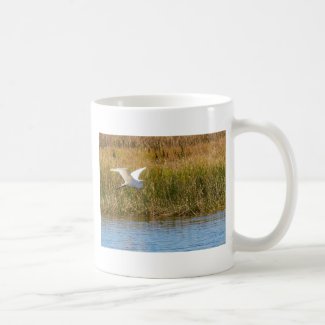Review of Tips on Photographing Birds in Flight
- Patience- This is #1
- Long lens- I used 70-300mm for most of my photos
- Find the right location--birds seem to congregate near water to find food so that is a good place to start
- Understand bird behavior-Observation is key here. The more you observe the better your chances of catching birds in flight.
- Using right settings on your camera. A shutter speed of 1/500 or higher is ideal
- GET CREATIVE and Have Fun!
Florida Wilderness Reserve
The area where we stayed this past March was a wonderful place to observe and photograph birds. I spent some time each day walking along the reserve area of wetlands and observed the birds in the area. After a few days, I got quite familiar with their behaviors and was able to find the right times to photograph them. I found late afternoon and early evening to be a great time to catch the birds in flight. I particularly enjoyed photographing the Herons, Egrets, and Ibis in flight.
First Tries
I found that my first attempts did not quite give me the results that I wanted. I would have loved for the photo below of the Sandhill Crane and the Spoonbill Roseate to be in better focus.
In my attempts to quickly photograph birds in flight, I ended up with a lot of backsides of birds.
With Lots of Patience
I eventually got a few shots of birds in flight that I feel were good. Here is a blue heron.
And I also like this pair of egrets.Slower Birds are Easier
I found photographing the Whistling Ducks in flight to be easier, but then they are a bit slower.
My Photos on Zazzle Products
Note: The author may receive a commission from purchases made using links found in this article. “As an Amazon Associate, Ebay (EPN), Esty (Awin), and/or Zazzle Affiliate, I (we) earn from qualifying purchases.”


